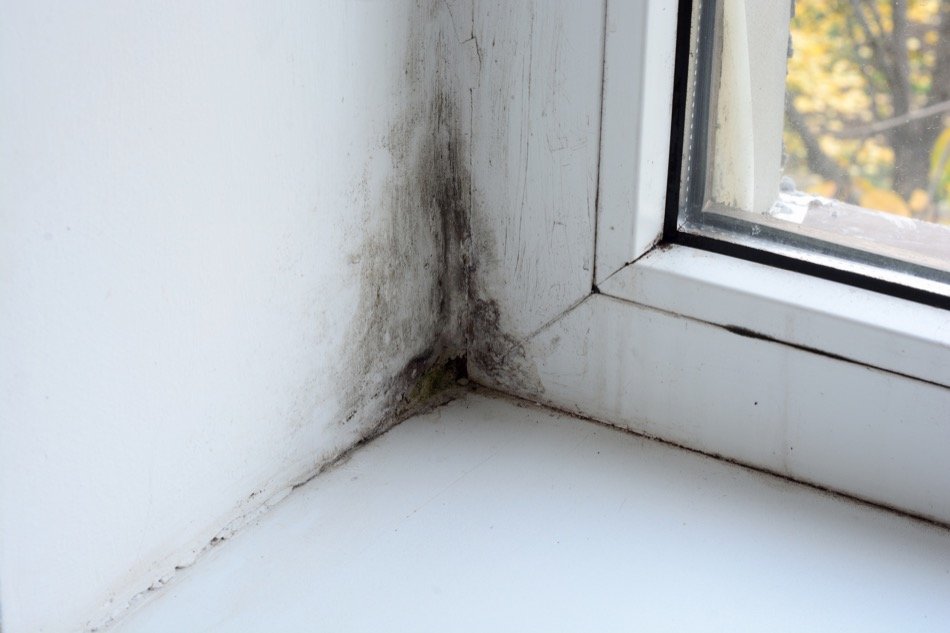Mold Remediation for Homeowners
Posted by Justin Havre on Tuesday, October 2nd, 2018 at 7:53am.
 Although mold and mildew are natural micro-organisms and serve the beneficial purpose of speeding the breakdown of decaying matter in the natural world, mold in a South East Calgary home can cause health problems, odour and unsightly stains. Luckily, there are ways to assure that mold does not become a problem at home.
Although mold and mildew are natural micro-organisms and serve the beneficial purpose of speeding the breakdown of decaying matter in the natural world, mold in a South East Calgary home can cause health problems, odour and unsightly stains. Luckily, there are ways to assure that mold does not become a problem at home.
Prevention is key. Once removed, regular cleaning is imperative to prevent circulating mold spores from reattaching to surfaces. The microscopic spores released by mold can cause allergic reactions that range from sneezing and red eyes to serious headaches, congestion and breathing problems. There is evidence that long-term exposure also is related to other medical conditions. Black mold, sometimes known as toxic mold, infestations can form under certain conditions within a few hours of a flood or major plumbing leak, and it can be extremely difficult to treat and remove.
Types of Mold
Visible household mold usually begins as tiny dark green or black spots in damp areas. The grout lines of a shower and basement walls are likely locations for mold, as well as outdoor wood decks, painted siding and smooth surfaces in extremely damp or humid areas. But there are many types of mold. Mold can result from water damage or plumbing leaks. Mold can be found on wood, sheetrock, carpet pads and fibers, flooring and wood, and inside air conditioning ducts. It can be hard to detect and is sometimes harder to treat.
Left untreated, mold can cause serious health problems and some types of mold can damage the structural integrity of a home by destroying insulation, sheetrock, framing timbers and even door or window frames. Even if mold is not the type that will damage building materials, it is unsightly, and large infestations of hidden mold will emit a musty unpleasant odour. Occasionally it is the odour that is a first sign of a mold problem.
How to Eliminate Mold
Because mold is not found only in older homes, mold growth that needs remediation can be a surprise to homeowners. Some mold is hard to distinguish from dirt, especially on exterior surfaces. One way is to spray or treat suspect areas with a small amount of bleach. If dark spots lighten in colour, they are usually mold, and homeowners should take remedial action. The best way involves first washing the surface with warm water and common household detergent.
Let the area dry thoroughly; then treat the affected surface with a bleach solution. Repeat the procedure three times, followed by a vigorous scrub with a borate detergent solution. Remove mold from tile grout and kitchen surfaces in the same way. The best way to prevent mold buildup in these areas is regular cleaning. It is also wise to check under-sink cabinets regularly for signs of persistent leaks, and to treat them immediately as necessary to prevent further spread of any mold.
Preventive Measures and Tools
It's possible to buy solutions designed to kill household mold, but it is often easier and arguably more effective to use common household products to do the job. Bleach, warm water, detergent and Borax are readily available.
You'll also need:
- A large plastic bucket
- Scrub brushes, perhaps a large and a small one
- Bleach
- Detergent
- Rubber Gloves
- Old, long-sleeved clothing
- Eye protection, such as goggles
- A breathing mask
DIY Mold removal requires patience and multiple applications. Turn on a fan or open windows to prevent fumes from building up; and never mix ammonia with bleach.
With persistence and diligence, any homeowner should be able to clean all but the most severe mold growth, and prevent its recurrence. Following a major leak or flood, though, it is always wise to call a professional for remediation.
